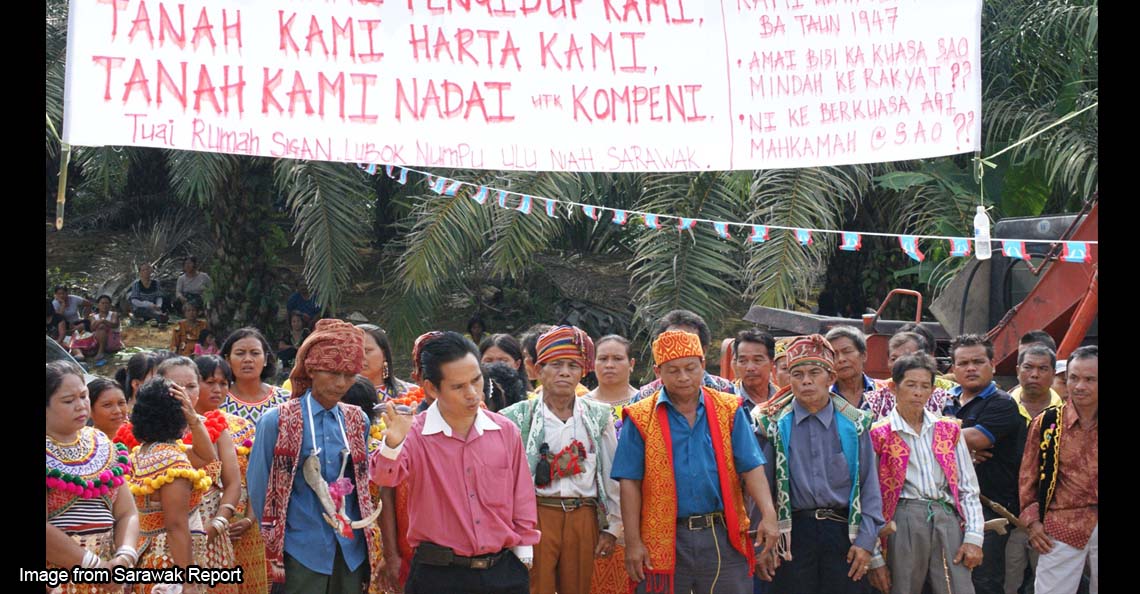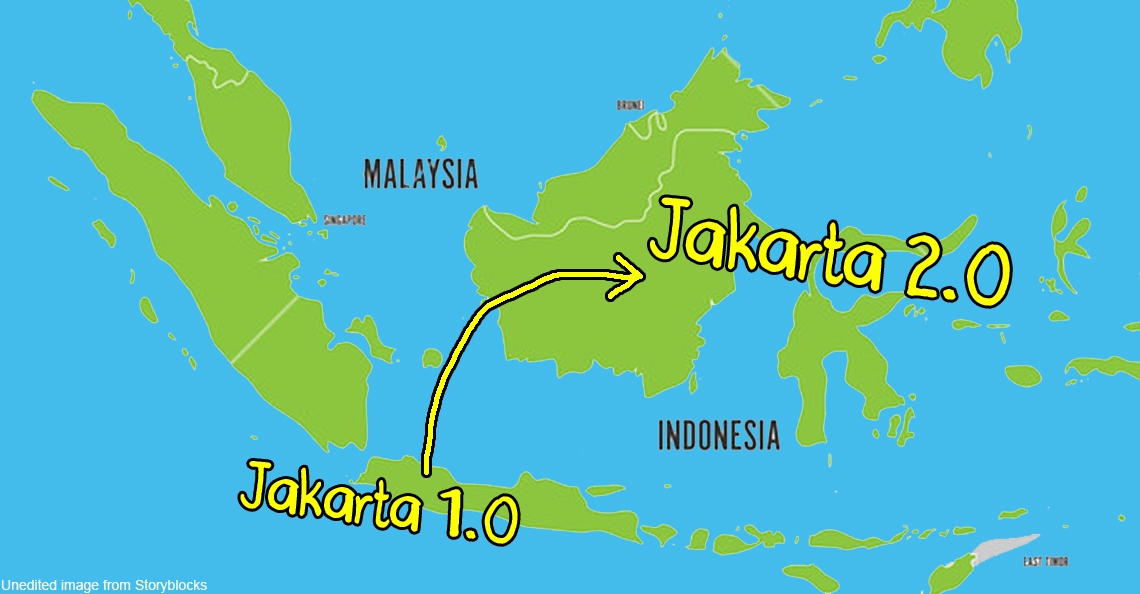Kadazandusuns in Sabah may change their name? Here’s what it is
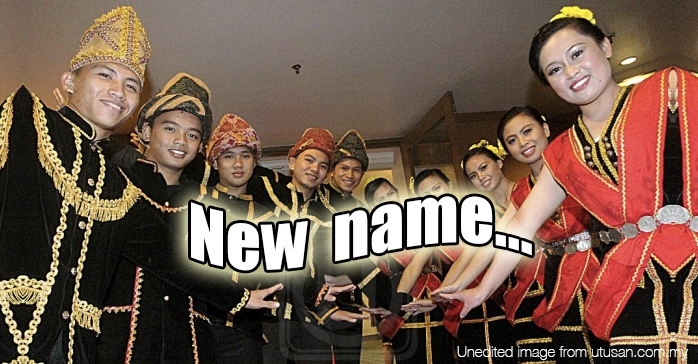
- 3.7KShares
- Facebook3.6K
- Twitter11
- LinkedIn1
- Email24
- WhatsApp61
When you fill in government forms, you may notice that there is no other choice other than the standard Malay, Chinese, Indian and Lain-Lain in the race column.
This has always been a problem for East Malaysian natives, who for years have been forced to use “Lain-Lain” as their race, even though they have been given bumiputra status by the Federal Constitution.
Then in 2015, Sarawak made a big change by removing the “Lain-Lain” category for the native groups in Sarawak and a new category was introduced for them. Today, the native groups of Sarawak, whether they are Iban, Bidayuh or Kayan, can now fill in “Dayak” as their race.
But… what about Sabah?
When Sabah was asked for a term to represent all the native groups in Sabah, it submitted a list of its ethnic and sub-ethnic groups that had 42 native groups and over 200 hundred sub-ethnic groups.
How to fit over 200 groups in a form wei??
Plus, needless to say, this is gonna cause some headache to the National Registration Department!
Inspired by how Sarawak got ‘Dayak’ to be an option, and still looking for a proper term to cover all of Sabah’s native groups, a Sabah native organisation called the Momogun National Congress (MNC) has proposed a new term to be used in government forms for all the native groups in Sabah. That new term is… ‘Momogun‘.
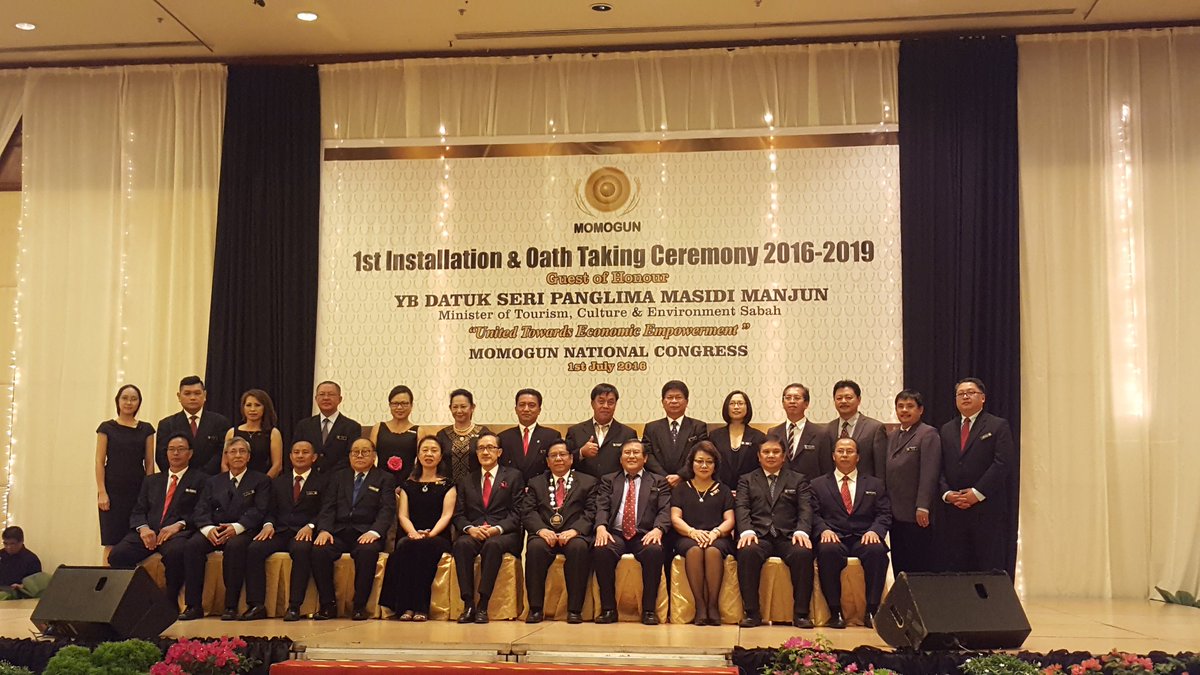
Although the generic term for Sabah’s native groups is “Kadazan” or “Kadazandusun”, it had a few problems:
- Kadazan mainly refers to the native groups who lived in town areas (typically Penampang) and not those who lived in the interior. At the same time,
- The Dusun are the largest ethnic group in Sabah but it does not consist of all the distinct ethnic groups like the Muruts.
However, if all the native names were to use a letter to form an acronym of Sabah’s native groups, there won’t be enough letter for all the ethnic groups.
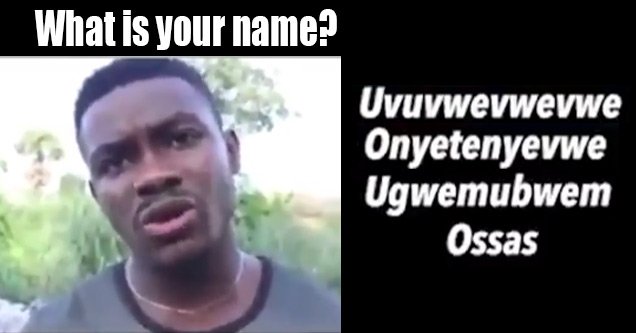
As for the word “Momogun”, it is believed to have been derived from the Kadazan word of “Pogun” which means country, and “Momogun” means ‘people of the country’, in other words, natives. The word itself has been recorded to describe the natives of Sabah as early as 1884.
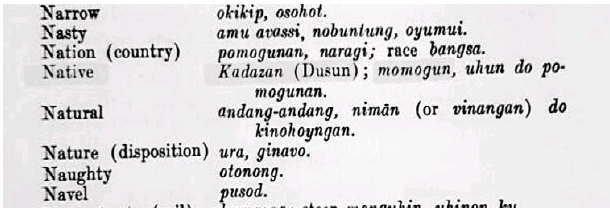
However, one rather unique thing about the term ‘Momogun’ is that it does not specifically mean a particular race like Malay, Chinese, Indian, or Dayak would. Instead, ‘Momogun’ is used to describe the native groups that share the language and dialects of the Murut, Dusun and Paitan native groups in Sabah.
It’s sort of like calling all Chinese ‘Mandarin-ians’ because they can speak Mandarin (and those that can’t are called Banana-nians), instead of because they came from China.
But a main reason why the MNC is pushing to use this term is because they believe that “Momogun” is more inclusive to all the native groups in Sabah, not just the major ones like the Dusun and Kadazans, but also the smaller ones like the Rungus, or the Tobiling or the Kimaragang. By doing this, it could give a sense of united identity among all the native groups in Sabah.
“The use of Momogun as a collective identity strengthens our ethnic identity. While we remain as ethnic Kadazan or Dusun or Murut or Bisaya or Sungai and so on, we are collectively grouped as Momogun or people indigenous to Borneo,” – MNC President Datuk Henrynus Amin, quoted in The Daily Express.
But this idea has seen some strong opponents from Sabah itself…
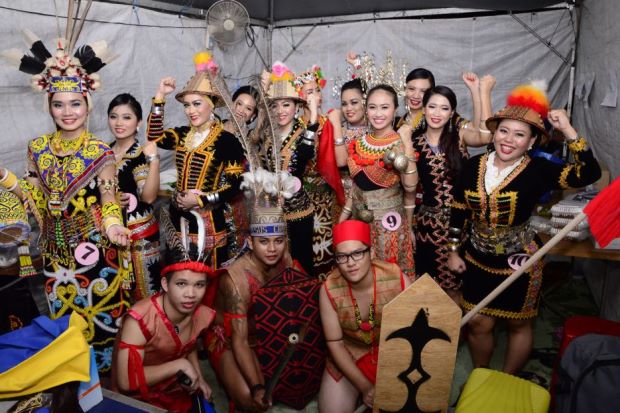
Changing what you call yourself is not an overnight process. For decades, the generic term that has been used to describe a Sabah native is Kadazan or Kadazandusun.
While the proposal to use ‘Momogun’ has received some strong support from numerous native NGOs, native politicians, and was even on its way to Parliament, but it is not yet official. In fact, there are some organisations who disagree to use the word ‘Momogun’.
Some of the biggest opponents to the usage of ‘Momogun’ are from the major native associations like the United Sabah Dusun Association (USDA) and the Kadazan Society Sabah (KSS), and also the Kadazan Dusun Cultural Association (KDCA) which is the institution formed to protect and promote the culture of the Kadazandusuns.
For the USDA, they believe that the word ‘Momogun’ is not appropriate to represent the native groups in Sabah because it does not hold any recognition in the Federal Constitution, unlike the word ‘Dusun’.
“It is also enshrined in the Malaysian Constitution under Article 161 (A). I am not very far from the truth in saying that USDA is one of the oldest, if not the oldest cultural and race-based association in Sabah having been established in 1961 with the objective of maintaining its racial and cultural identity and to bring this community to a higher level of achievement in cultural, economic and social development as well as to try to participate in the development of the state from its early days.” – USDA President Datuk Ewon Ebin, quoted in The Borneo Post
For the KSS, they find the methods of the MNC pushing for the usage of ‘Momogun’ is against the spirit of unity.
“In our view, it is inappropriate to assume that the various ethnic bodies representing their communities are agreeable to any proposed name as their race as decided or propagated by anybody. The ethnic associations have not been consulted to seek their views and opinions on such an important matter which could possibly be perceived as a threat to their ethnic identities,” – KSS President Datuk Marcel Leiking, quoted in New Sabah Times
Lastly, the KDCA challenged the historical legitimacy of the term ‘Momogun’ as compared to the current term of “Kadazan”.
“Kadazan is not an invented term and it has nothing to do with kadai or kakadazan or township as some people have argued. It means ‘people of god.’ Actually the word had been in use by the ancient bobohizans (Kadazandusun priestess) in their rinait or inaits since time immemorial which was even before any shops existed in Sabah.” – KDCA Secretary-General Datuk John Anthony, quoted in The Daily Express
So it’s a No-no-gun?
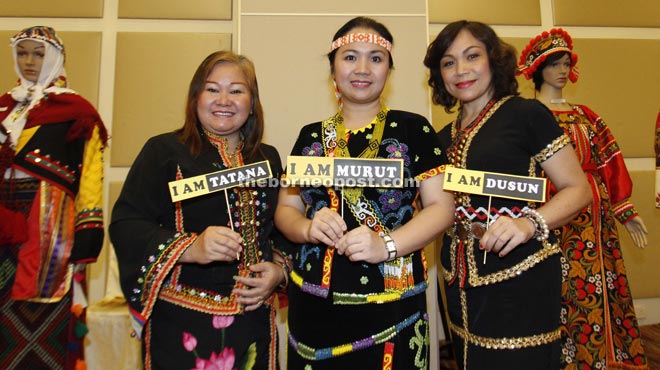
This isn’t the first time that a new name for Sabah’s native groups has been proposed. In the 1980s, the Berjaya government (a political-based party in Sabah) had proposed to use the term ‘Pribumi’ to refer to all native groups in Sabah, including those that came from the Philippines and Indonesia.
Even the name “Kadazan” that is used today had to be accepted by consensus from the leaders and representatives of the native groups during the Kadazan resolution in 1961, and then later to ‘Kadazandusun’ in 1989.
Some leaders have noted that gaining the consensus of all the native groups is the way to go, and the MNC has vowed that it will continue to communicate with other native groups, including the USDA, KSS and the KDCA (and they have managed to resolve some of the differences with the KDCA), until everyone is onboard to use ‘Momogun’. But this could be a debate that could go on for years.
Why do Sabah natives need a united identity?
If you’re from Peninsula Malaysia, or if you easily fall under any of the Malay/Chinese/Indian race form categories, you may be thinking that all these efforts and concerns are unnecessary. But for the MNC, having all the native groups in Sabah being recognised under one common name is just one step in what they hope to do for the native communities. For them, they see that by insisting on their respective and unique identities, it has fragmented the native communities.
This is made even worse when there is infighting, rivalries and drawing of lines between the native groups by politics and religion.
“Their extreme disposition in promoting tribal hegemony over others is not only divisive but also destructive to the Momogun community,” – MNC vice president Sylvester Disimon, quoted in The Borneo Post.
As a result, the MNC sees that the native groups in Sabah have not made much progress over the last 50 years and still some of the poorest groups in the state, even though they own much native land.
“For the record, MNC does not blame them…But the sobering reality is that the Momogun people are no more in control of their land resources or capital or the means of production,” – MNC president Datuk Henrynus Amin, quoted in Borneo Post
While it is the objective of the MNC to have all the native groups recognised under one united umbrella, it is also their mission to help the native groups be the community that it deserves to be.
“To be organized and successful, the Momogun people must acquire the correct mindset, character and competence to see and absorb the vast opportunities offered by the country,” MNC president Datuk Henrynus Amin, quoted in The Borneo Post
What’s more important and all the native NGOs in Sabah can agree, however, is that it’s time for the native groups of Sabah to unite and have a sense of shared identity. Since the government has agreed to stop using “Lain-Lain” to refer to the native groups in Sabah, it is now up to the native groups themselves to figure out who they are, and how they will control their future.
Whether they will call themselves “Momogun”, “Kadazandusun”, or just “Anak Negeri Sabah”, change has to start from unity and it has to start from a place above religion and politics.
- 3.7KShares
- Facebook3.6K
- Twitter11
- LinkedIn1
- Email24
- WhatsApp61


